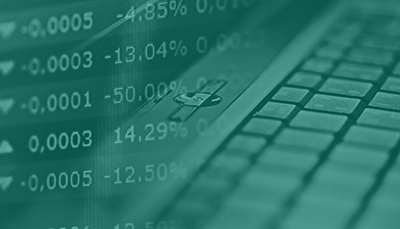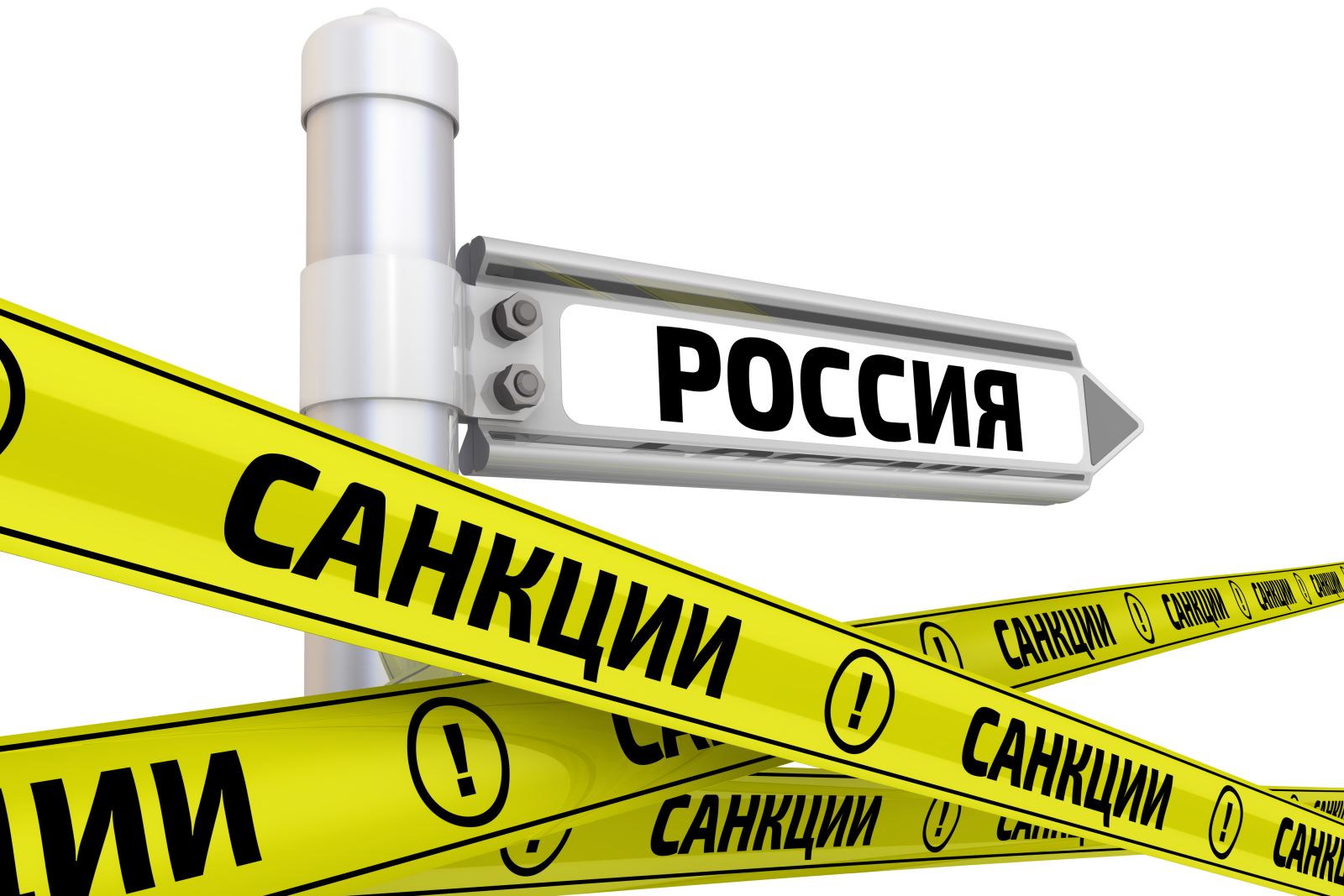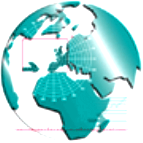The CEPII Country Profiles put forward an original tool to analyze the insertion of eighty countries in international trade using databases developed by the CEPII. Thus, CHELEM which provides long period trade data since the 1960s in goods and services, GDP and population; MAcMap which estimates the average country’s protection by partners and products; BACI which offers harmonized statistics on values and quantities at a very detailed level of products; and World Trade Flows Characterization (WTFC) which defines type and price range of trade flows, are used to present a consistent set of indicators. Tables and figures are grouped under seven thematic sections: broad patterns; tariff protection; products and partners; comparative advantages; one-way and two-way trade; unit value ranges; and terms of trade. This document specifies the indicators, databases and classifications used in the CEPII Country Profiles. Access to CEPII Country Profiles on  >>> >>> |
- How Multi-Destination Firms Shape the Effect of Exchange Rate Volatility on Trade
Jérôme Héricourt, Clément Nedoncelle - Through the lenses of the natural rate of interest, European monetary policy appears to be too loose since 2015
Stéphane Lhuissier - In search of a liquid asset for European financial markets
Francesco Molteni
- CEPII Country Profiles: indicators, databases and classifications
Charlotte Emlinger, Houssein Guimbard, Alix de Saint Vaulry, Deniz Ünal
- Collateral Damage: The impact of the Russia sanctions on sanctioning countries’ exports
Matthieu Crozet, Julian Hinz - The March of the Techies: Technology, Trade, and Job Polarization in France, 1994-2007
James Harrigan, Ariell Reshef, Farid Toubal - Two Centuries of Bilateral Trade and Gravity Data: 1827-2014
Michel Fouquin, Jules Hugot - Back to the Future: International Trade Costs and the Two Globalizations
Michel Fouquin, Jules Hugot - Competing Liberalizations: Tariffs and Trade in the 21st Century
Jean-Christophe Bureau, Houssein Guimbard, Sébastien Jean - On the impact of dollar movements on oil currencies
Gabriel Gomes
- IZA Journal of Migration
How do rigid labor markets absorb immigration? Evidence from France
Anthony Edo - Journal of Asset Management
Towards greater diversification in central bank reserves
Valérie Mignon, Marie Brière, Kim Oosterlinck, Ariane Szafarz - Economic Modelling
Interdependencies between Atlantic and Pacific agreements: Evidence from agri-food sectors
Anne-Célia Disdier, Charlotte Emlinger, Jean Fouré - International Economics Vol.146 (August 2016)
Discussion - India: Better than most, but could it be better?
June 10, 2016
Hélène Rey on " the future of the Eurozone "
June 10, 2016
The economic consequences of the wars in the Middle East and Northern African Countries
June 28, 2016
16th Doctoral Meetings in International Trade and International Finance
July 5 - 6, 2016
CEPII-CESifo-DIW-OFCE Franco-German Conference
July 7 - 8, 2016
How to improve the governance of the euro area? Views from France and Germany
July 8, 2016
SUERF/PSE/CEPII Conference: Rethinking Capital Controls and Capital Flows
September 16, 2016
AEEF 2016 : 10 years Anniversary Event
September 21 - 22, 2016
XIV ELSNIT Annual Conference : Investment Treaties and Investment Promotion Policies
October 21 - 22, 2016
Immigration in OECD Countries - 6th Annual International Conference
December 12, 2016
Modeling real international relationships - A MIRAGE Consortium Workshop
December 15 - 16, 2016
The cost of sanctions against Russia for the EU countries The impact of the conflict on Western exports to Russia is strong. From December ’13 to June ’15, the total export loss is 60:2 billion USD. The major part of this loss (82.2%) is accounted for by the products that are not targeted by the Russian counter-sanctions. The EU countries bear 76.7% of all trade loss. Matthieu Crozet and Julian Hinz also exploit French firm-level export data to study how firms reacted to the sanctions. Econometric results show that the military conflict in Ukraine and the sanctions reduced severely both firm export participation and the value exported. Further analyses suggest that the disruption of the provision of trade finance services have played an important role in the decline in exports. >>> |
Profils Pays / Country Profiles Interactive Data on Trade and Protection Update June 30, 2016 - long time trade flows series include a new year (2014); - one-way and two-way trade refers now only to manufactured goods, excluding primary goods and petrochimicals; - new figures describe the evolution of structures by industry over the 10 last years; - new graphs show the prices evolution of exports and imports, as well as the terms of trade in non energy manufactured goods; - a new document regarding the methodology >>> |
CHELEM Update of GDP data (estimations up to 2021) and Balance of payments data (year 2014 completed) >>> |
Deadline for application :
July 27, 2016
Deadline for application :
September 7, 2016
Deadline for application :
September 7, 2016
- Contact us
- Our other sites
 |
ISSN: 1255-7072
Editorial Director : Antoine BouëtManaging Editor : Dominique Pianelli














.PNG)
